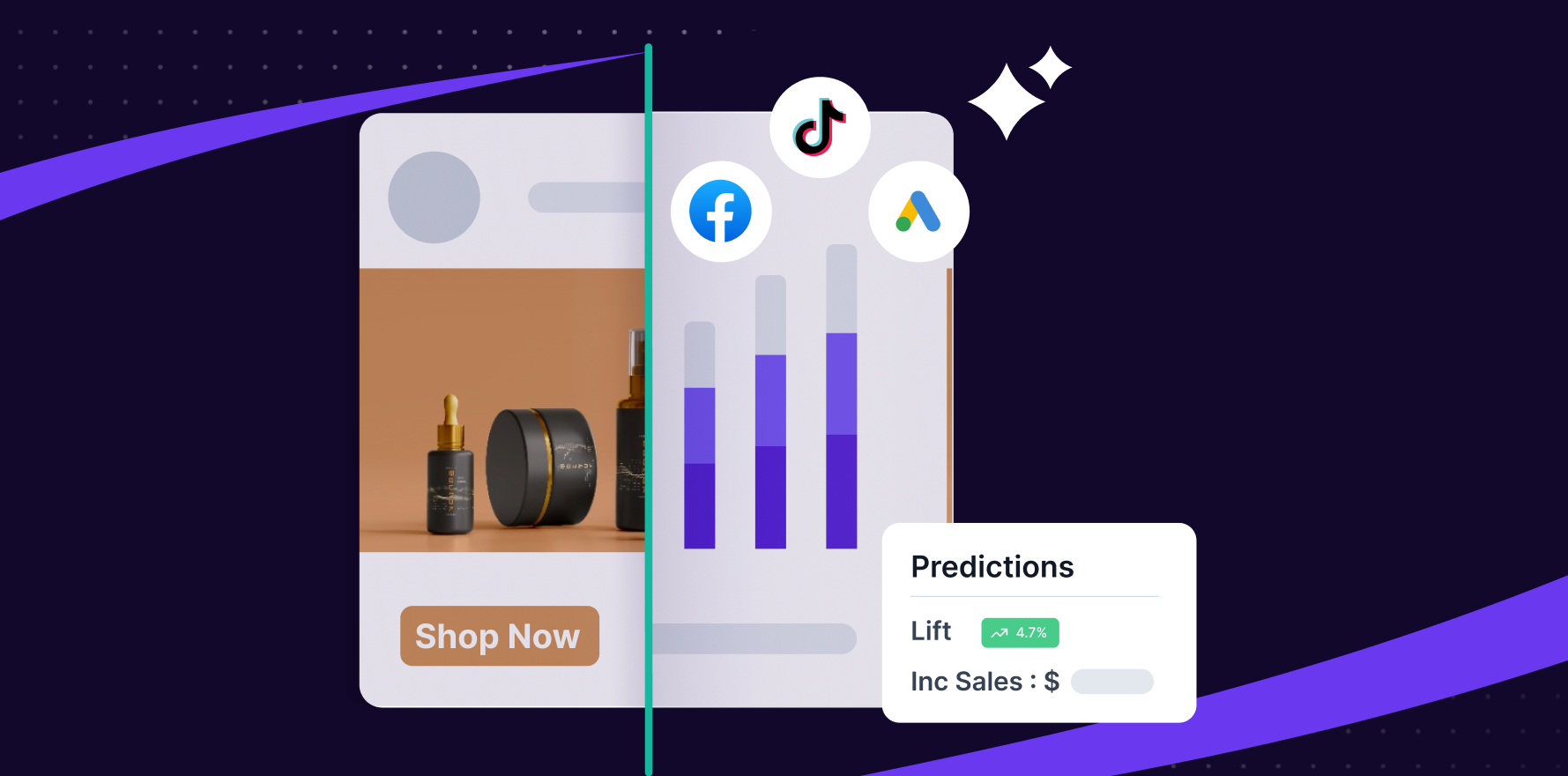Ecommerce is no longer just a convenient platform to sell or buy commodities, it has become a way of life for most of the world’s population. But with this explosive growth comes the need for businesses to constantly adapt and meet their customers’ changing needs and expectations. One way to do this is through the implementation of omnichannel marketing strategies, which provide a seamless and personalized experience for customers across all channels.
Companies with robust omnichannel strategies retain an average of 89% of their customers whereas companies with weak omnichannel strategies retain only 33% of their customers. Further, a study by the Harvard Business Review found that omnichannel customers are more valuable, spending an average of 4% more in-store and 10% more online than single-channel customers.
So what can you do to keep up? In this blog post, we are showcasing 15 exceptional examples of ecommerce businesses that are making noise for all the right reasons with their omnichannel marketing strategies. These omnichannel marketing examples have been chosen for their innovative and effective use of omnichannel marketing, giving customers a seamless and personalized experience that drives engagement and sales both online and in-store. Implementing these strategies can help you stand out in a crowded market, build customer loyalty, and achieve long-term success.
Let’s dive in!
1) Pura Vida
Pura Vida, the mid-sized Shopify Plus fashion store, has taken the ecommerce world by storm with its smart and effective omnichannel marketing strategy. With a strong focus on social media, web push notifications, and email marketing, Pura Vida is able to share its marketing messages with its audience in a seamless and personalized way.
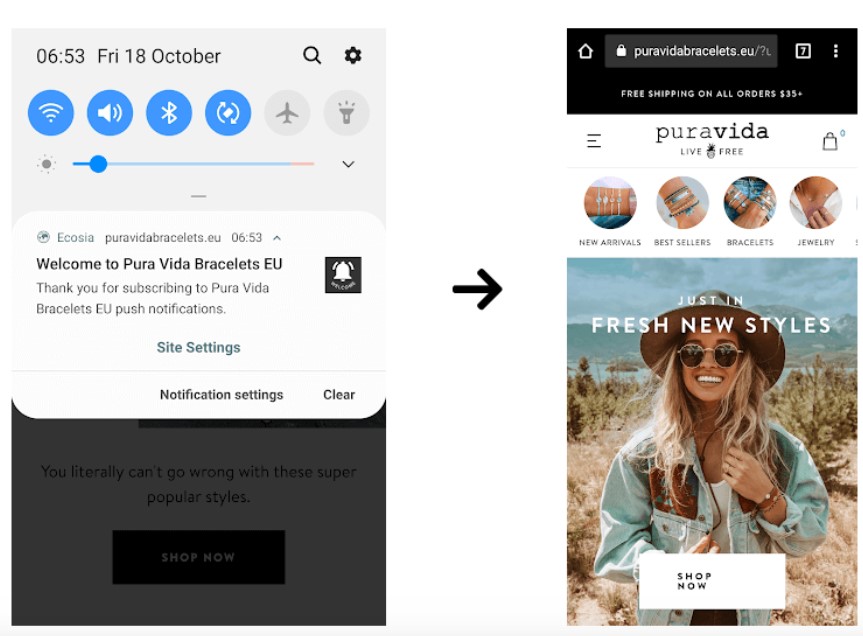
The welcome email, in particular, stands out as a brilliant example of Pura Vida’s omnichannel marketing prowess. This email welcomes new customers and offers them a site-wide discount to get them excited about their first purchase. That’s not all. Subsequent emails are tailored based on the customer’s browsing history and first order, ensuring that they receive promotions and messages that are relevant to their interests.
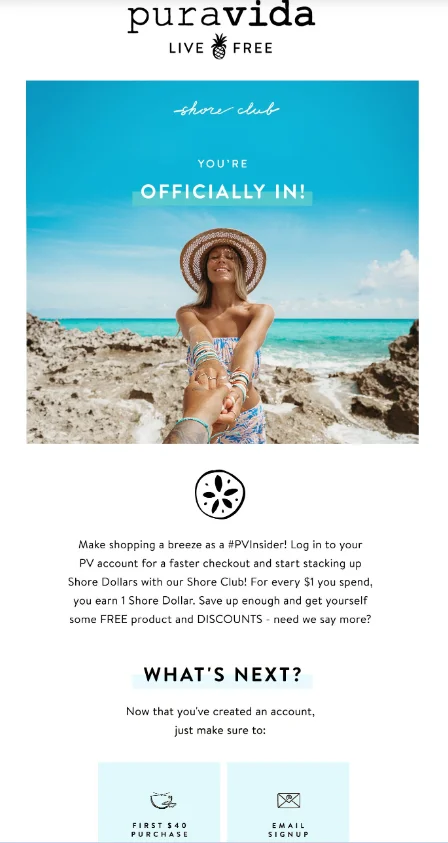
Pura Vida only uses preferred channels to distribute its promotions and customer support messages. This not only ensures that the messages are targeted and effective but also reduces the chances of customer fatigue or annoyance.
2) Bonobos
Bonobos has revolutionized the way people shop for clothes, creating a brand and online shopping experience that is tailored to each customer. By leveraging technology and taking a customer-centric approach, Bonobos has created a brand that customers love and trust.

The Bonobos website offers a personalized, self-service experience that helps customers find the perfect fit by zeroing in on the fine details that matter most to them, such as style, cut, and size. For those who prefer to try on clothes before buying, Bonobos provides a complimentary offline experience in their local Guideshops. Here, customers can view the latest styles in person and receive one-on-one attention from sales guides who advise them on their perfect fit.
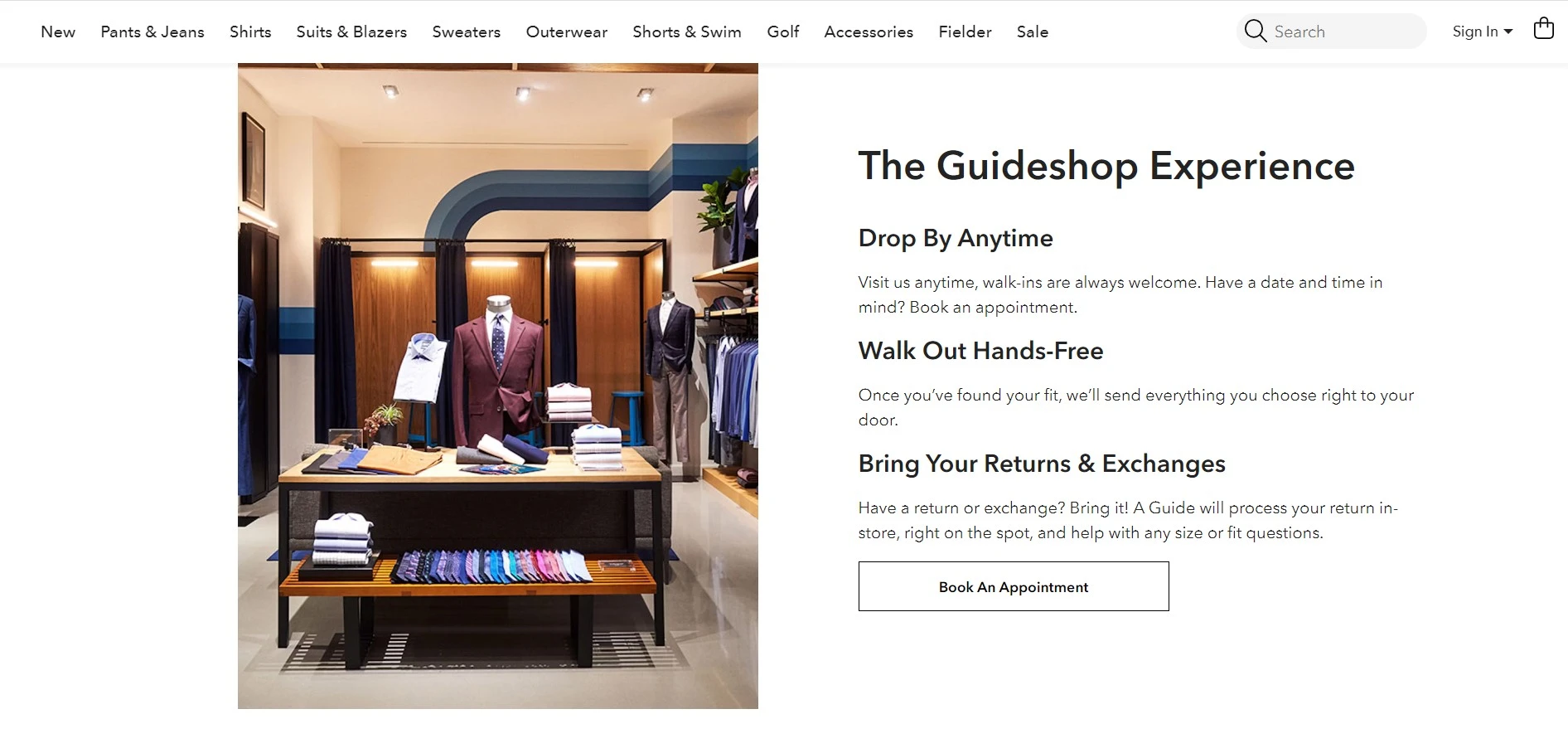
To further enhance their omnichannel customer experience, Bonobos turned to the Salesforce Platform in early 2016 and moved their site to Heroku, a cloud-based Platform as a Service (PaaS) that enables developers to build, deploy and manage applications without worrying about infrastructure or server management. This enabled them to speed up their development and deployment processes, and they now run just about everything on Heroku, including Bonobos.com, cross-app messaging services, an API for their ERP, as well as some internal tools. The only components that are not on Heroku are the Data Science and ERP pieces.
3) Lululemon
Lululemon’s Community program, Sweat With Us, is designed to create a sense of belonging among its customers, and to provide them with valuable resources and benefits that enhance their active lifestyles; the key benefits of the Community program are access to in-store events, workshops, and fitness classes.
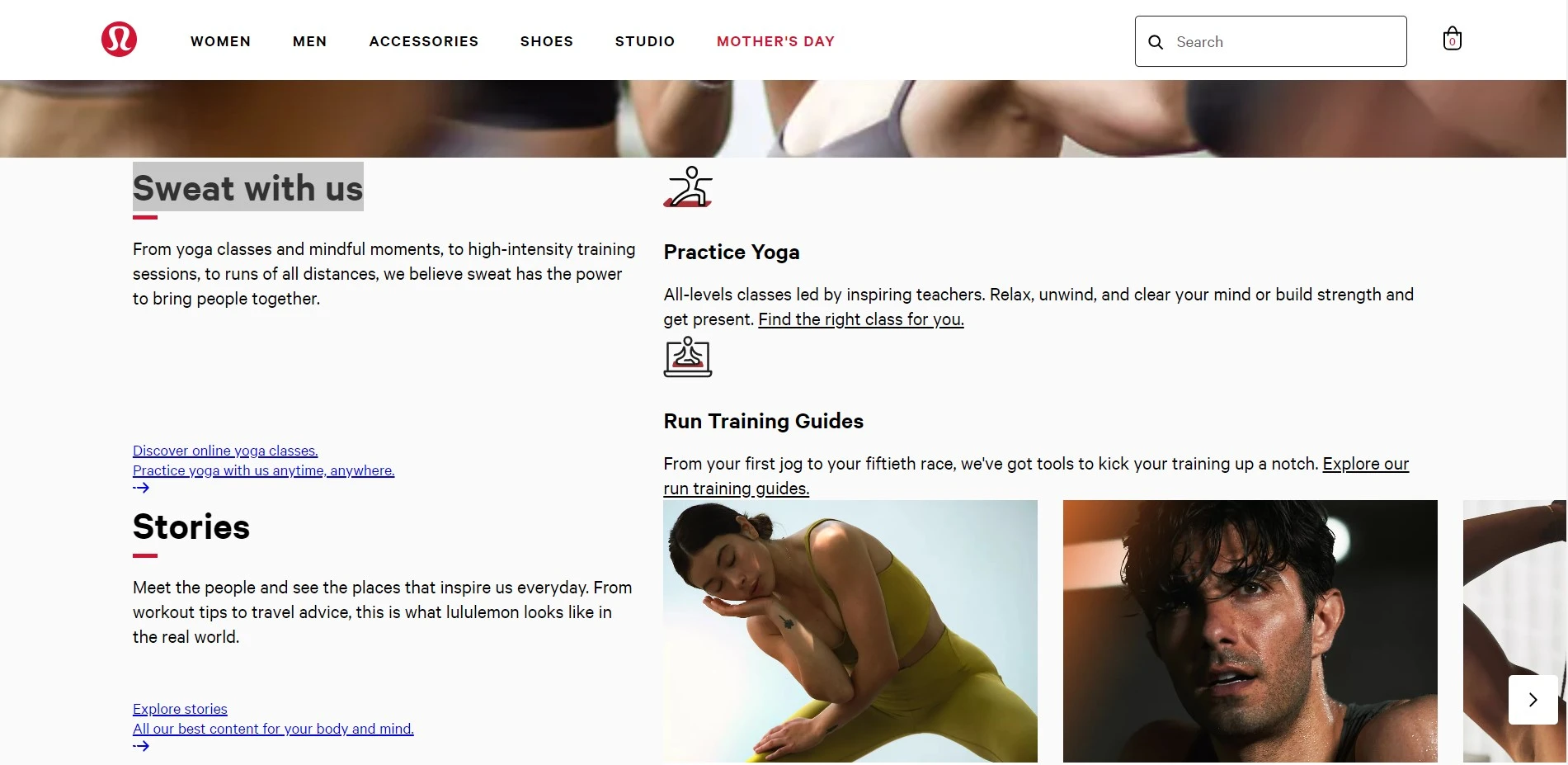
In addition, Lululemon relies on exclusive omnichannel marketing tactics to promote its brand and products. Rather than traditional advertising, the company prioritizes word-of-mouth recommendations from satisfied customers. Sales representatives play a crucial role in this process, as they provide personalized recommendations and encourage customers to visit the stores and try out products.
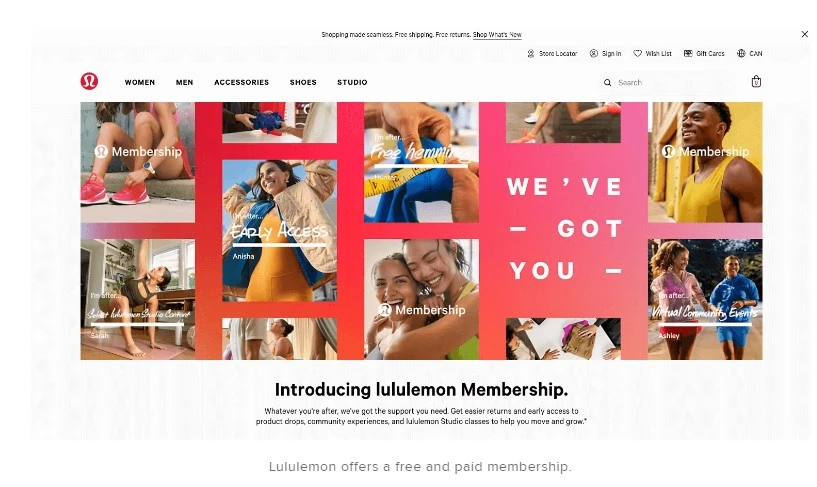
By creating a memorable experience through its stores, Lululemon is able to deliver exceptional customer service, which in turn prompts customers to share their positive experiences and become brand champions.
4) Burberry
Burberry is a premium fashion brand that exemplifies an exceptional digital-first strategy. Burberry launched multiple successful omnichannel marketing campaigns that enhanced the aspirational value of the brand, connected with customers, and promoted fresh local talent. “Art of the Trench” campaign, launched in 2009, created a microsite that allowed customers to share photos wearing Burberry trench coats and engage with them on social media.

“Burberry Acoustic,” launched in 2010, showcased young local UK musicians wearing Burberry outfits, establishing a connection with millennials. In 2013, Burberry collaborated with Google on the “Kisses” campaign, allowing users to send virtual kisses and follow their journey through Google Street View. The “Tweetwalk” campaign, launched in 2011 in collaboration with Twitter, offered fans backstage visuals of the unreleased Spring/Summer collection and early access to purchase products.
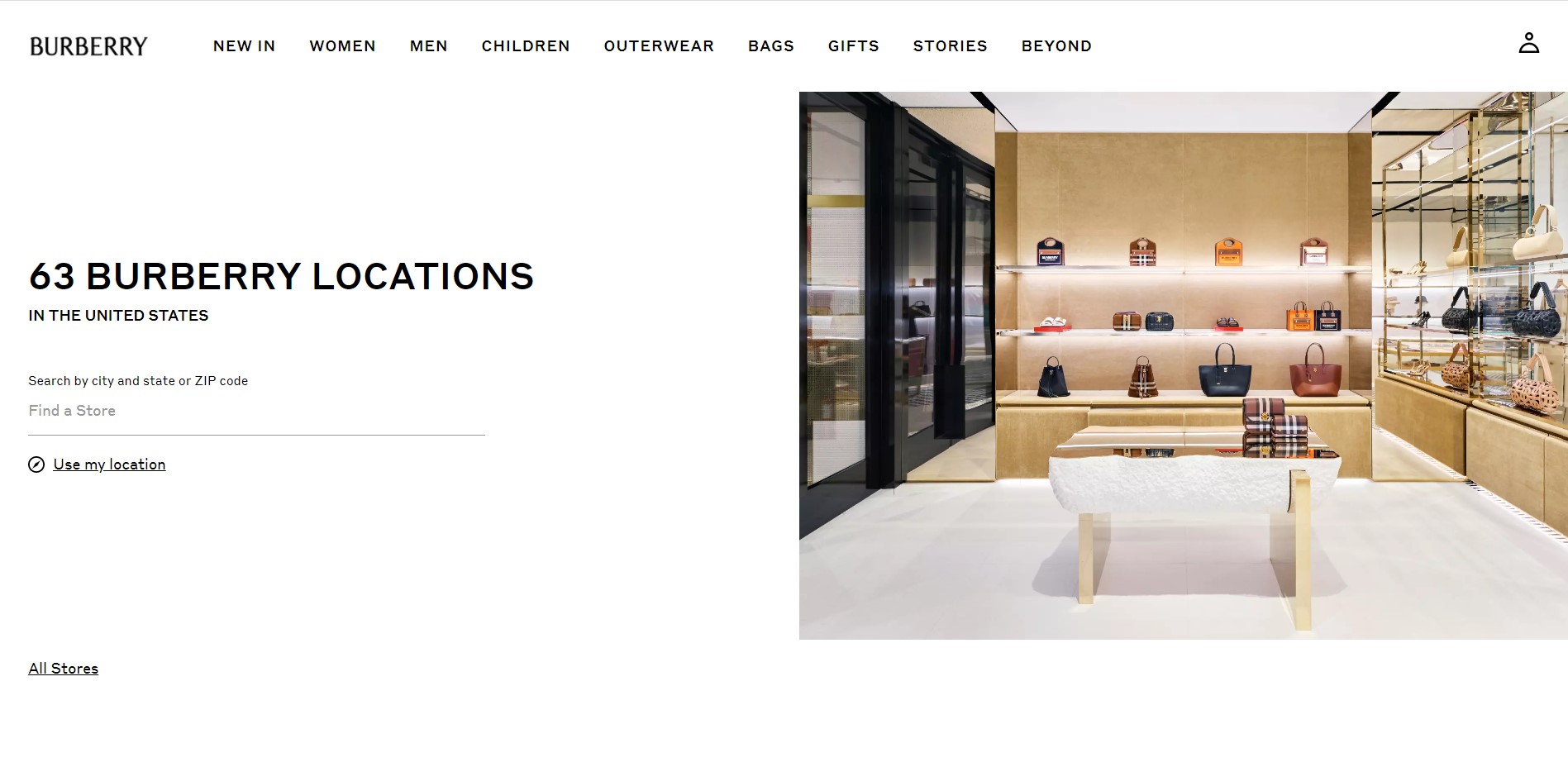
Burberry’s website, is optimized for all platforms and provides a smooth user experience with e-commerce functionality, free shipping, and a 30-day return policy. The flagship store in London is a marvel of technology, replicating the website layout with 100 screens and 500 speakers showcasing digitized Burberry content.
The Bespoke and Scarf Bar features allow customers to personalize their trench coats and scarves online with suggestions and previews, and get their initials monogrammed onto the product.

5) Patagonia
Patagonia is an American outdoor clothing and gear company that specializes in producing sustainable and environmentally friendly products.

Patagonia initiated Worn Wear online in 2017, an online resale service where customers can exchange their used Patagonia products in good condition for store credit. The products are then refurbished, repaired, and sold on the Worn Wear site.
Soon after introducing the program, Patagonia improved it by not only accepting products in good condition but also collecting worn-out Patagonia gear and upcycling it into new products. Overall, Patagonia uses omnichannel marketing through its website, social media, retail stores, mobile app, and customer service, which includes a “Worn Wear” program for recycling used clothing and gear.
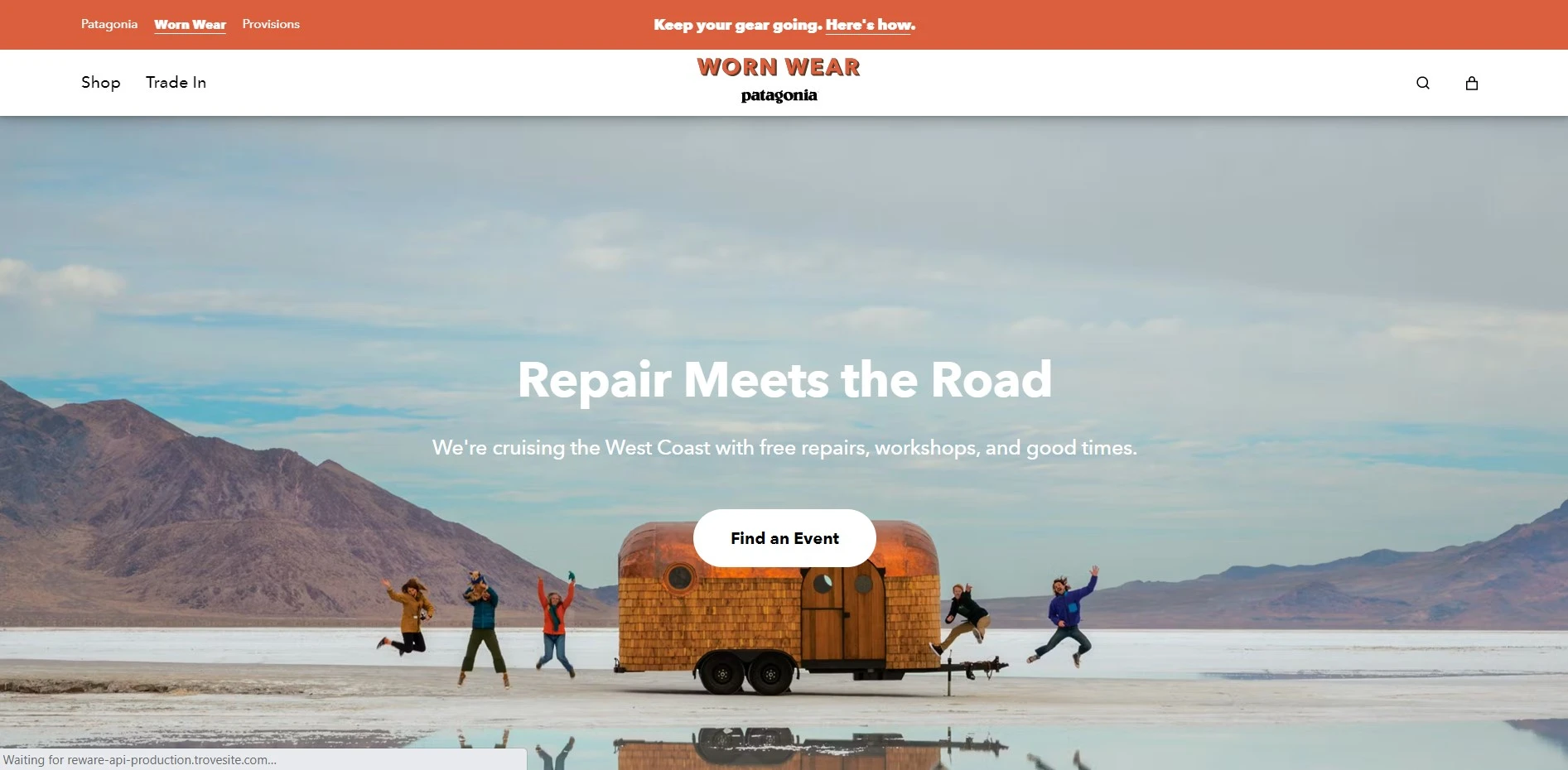
6) Ulta Beauty
If you’re wondering, “What is an omnichannel experience?” Ulta’s loyalty program, the Ultamate Rewards is just the example you need to get your answer. “Ultamate Rewards” is designed to reward customers for their purchases and engagement with the brand.
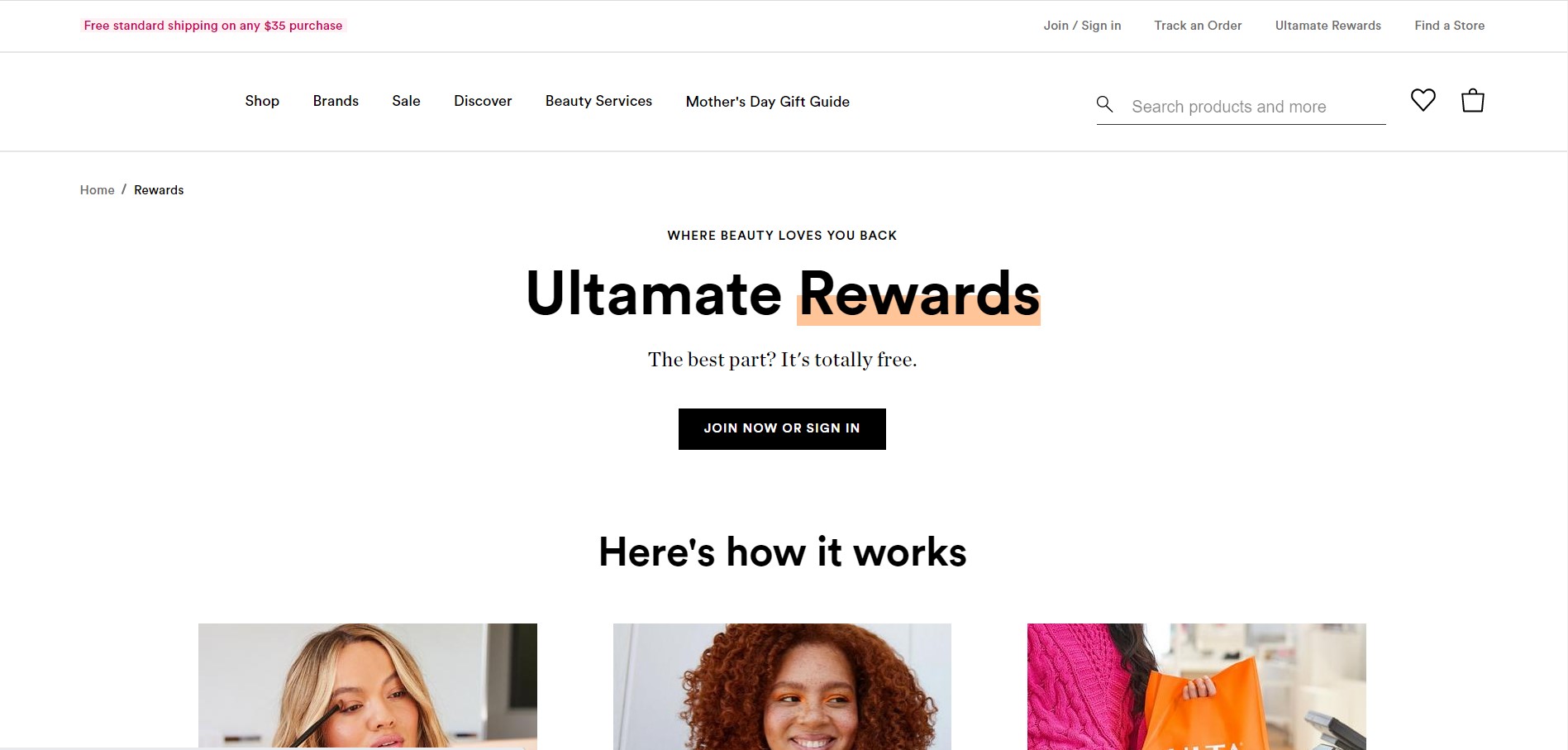
The program offers a variety of features to members to incentivize repeat purchases and build brand loyalty. Members earn one point for every dollar spent at Ulta Beauty in-store or online, with the opportunity to earn bonus points on select products or during special promotions. Points can be redeemed towards Ulta Beauty products and services in-store or online.
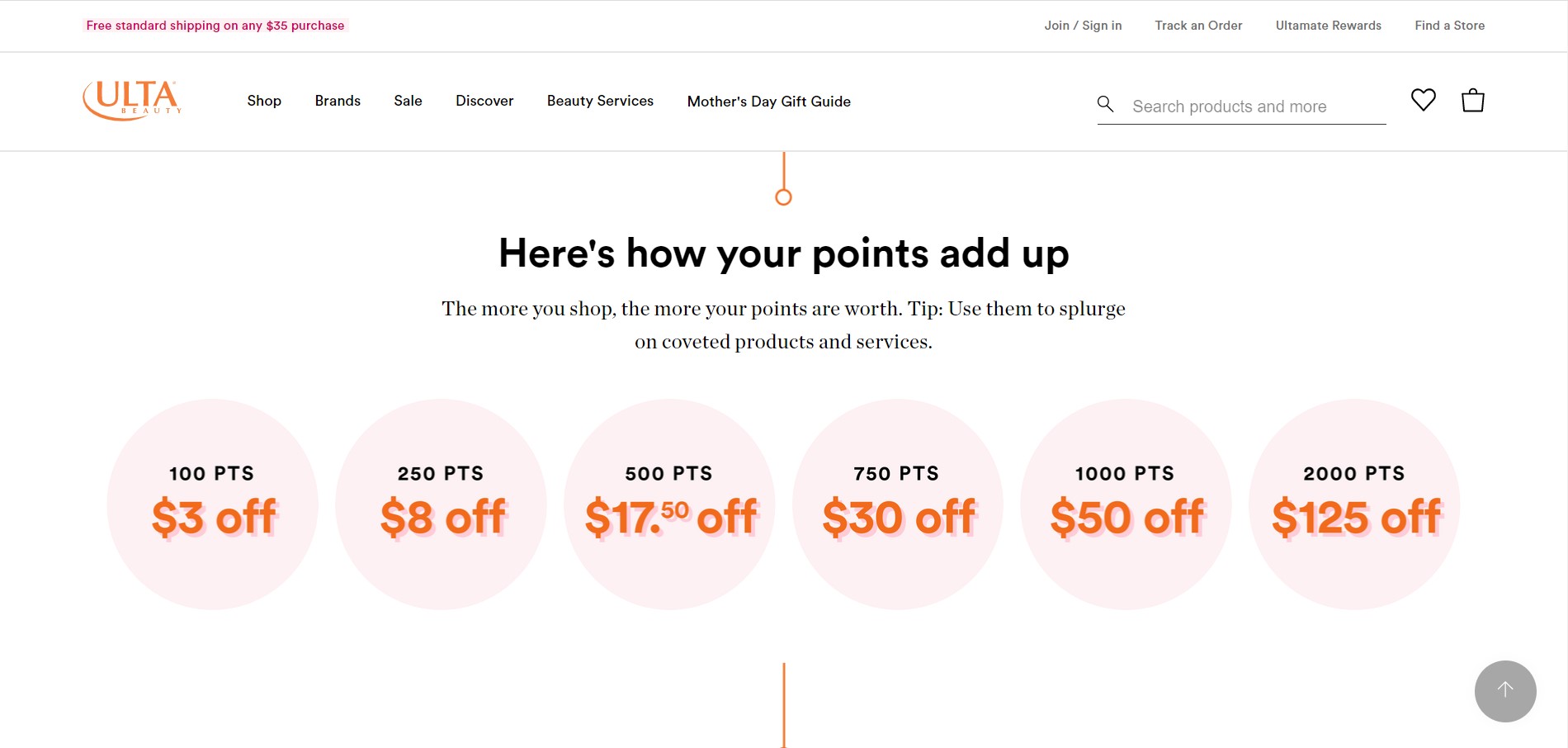
On this note, here’s what Kelly Mahoney, Vice President of Customer Marketing at Ulta had to say: “Ulta aims to better personalize its communications with its members so their experience across every touchpoint—online, in-store, via social media—is personalized to them.”
7) PetSmart
PetSmart offers a vast selection of pet food, treats, toys, and accessories for a variety of pets, including dogs, cats, birds, fish, and small animals.
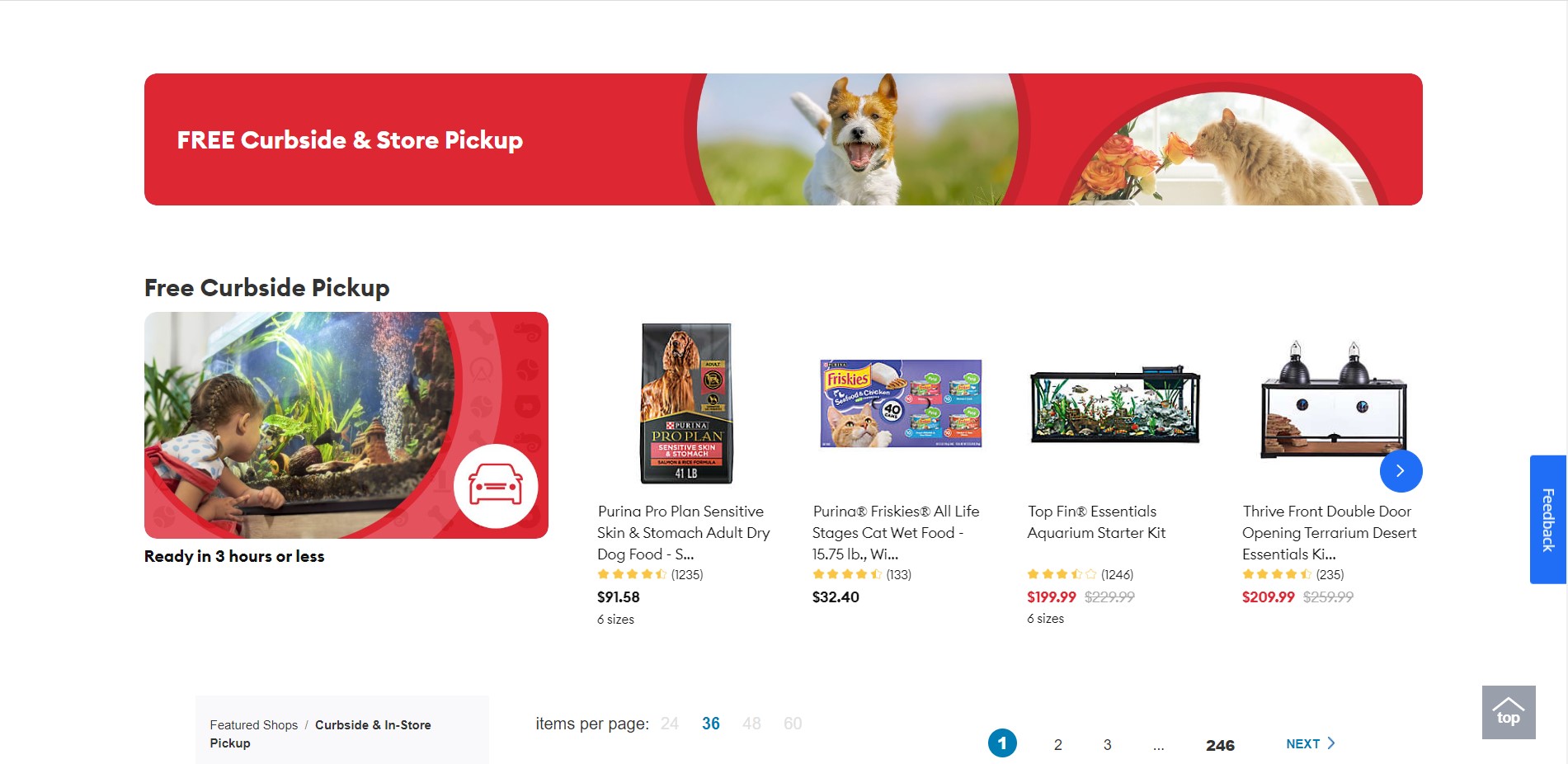
Recently, it partnered with DoorDash to provide customers with same-day delivery for thousands of products, which are available at over 1,400 store locations. In theme with omnichannel marketing, PetSmart also provides a subscription service called “Auto Ship” that enables customers to schedule regular deliveries of their pet’s preferred products and receive a discount on each shipment.

In support of this, PetSmart’s Senior VP and Chief Marketing Officer, Will Smith confirms that his team understands their customers need several different shopping options today, and they would like to make sure their customers can make purchases however they need.
8) Lowe’s
Lowe’s Companies Inc. has launched a new augmented reality app, The Lowe’s Vision: In-Store Navigation, to help shoppers navigate their large stores with ease. The app is designed to help customers locate products faster in their 112,000 square feet home improvement stores.
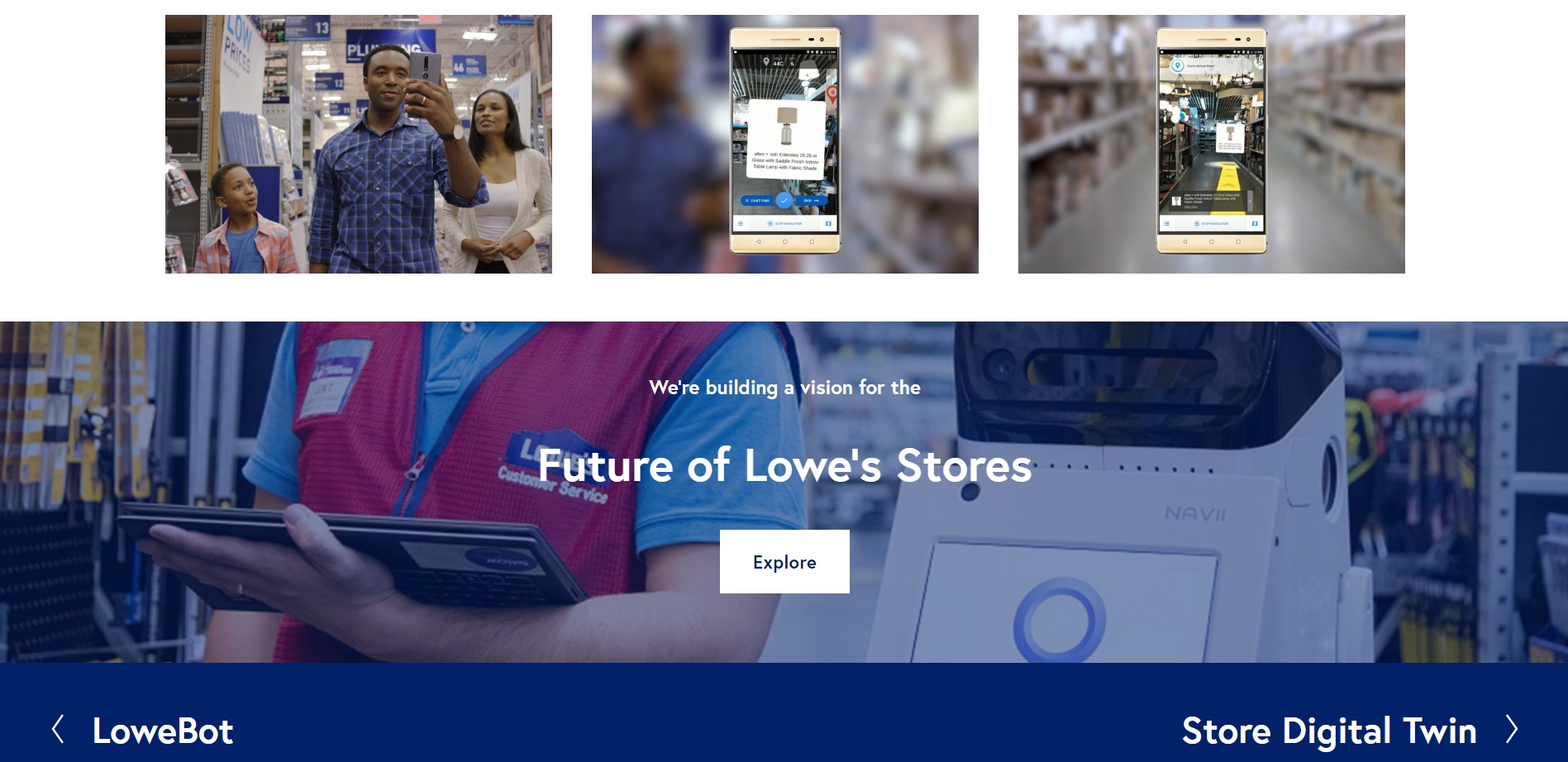
Lowe’s Vision Navigation helps shoppers find products quickly and easily. Users search for products and add them to a shopping list within the app. Then, they hit “begin navigation” and the app uses the phone’s camera and location to guide them to the products they need, down to the exact shelf location. Considering this, Lowe’s Vision Navigation feature is the perfect omnichannel marketing example.
9) Nordstrom
Nordstrom’s “Buy Online, Pick Up In-Store” service is an example of omnichannel marketing in eCommerce because it seamlessly blends the online and offline shopping experiences for customers. With this service, customers can conveniently shop online and pick up their purchases at a nearby Nordstrom store on the same day, eliminating the wait time for shipping. This not only provides customers with a more convenient shopping experience but also encourages them to visit physical stores, where they may potentially make additional purchases.
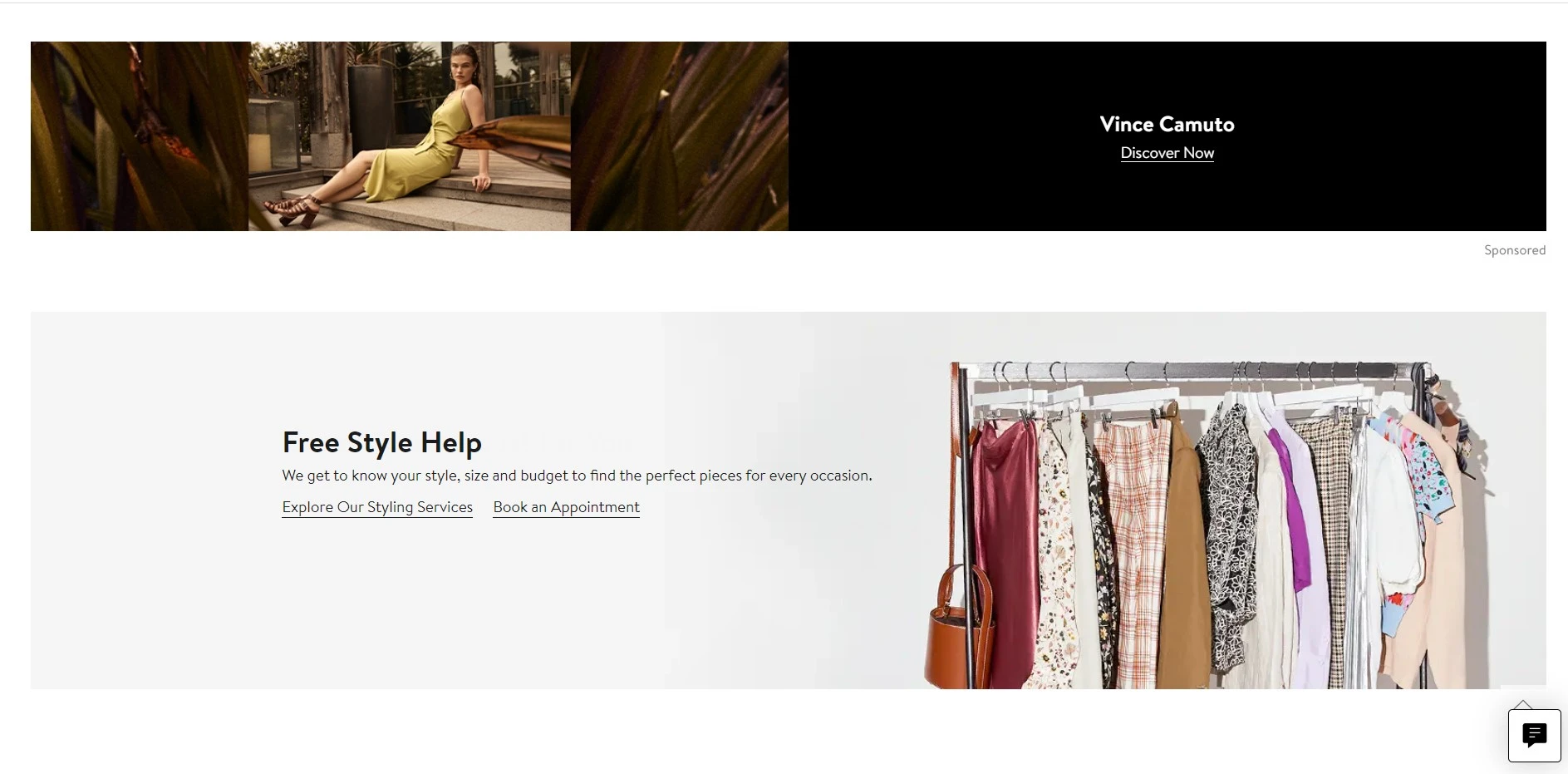
Nordstrom’s free shipping and returns policy further enhances the omnichannel experience. Customers can shop online and have their items delivered directly to their doorstep, and if they need to return any items, they can do so either online or in-store. This creates a consistent and cohesive customer experience across all channels and touchpoints.
10) Nearly Natural
With a small team, Nearly Natural, a supplier of lab-grown plants, successfully built a strong omnichannel customer experience by leveraging automation in its communication across marketing channels. The brand’s approach included automated onboarding for new customers, using push notifications and emails to create a positive relationship with them. These welcome messages also offered discounts to encourage customer engagement across channels.

Nearly Natural utilized social media platforms like Facebook and Instagram to showcase its products and promotions. By providing engaging content and interacting with customers in a timely manner, the brand was able to foster a community of loyal followers. The company also offered a live chat feature on its website, which allowed customers to receive real-time assistance with their inquiries and purchases.
11) Rothy’s
Rothy’s offers eco-friendly shoes and accessories crafted from recycled materials, with a strong focus on creating a seamless omnichannel marketing strategy for its customers. Their approach is centered around providing a unified customer support experience, as well as a sustainable and hassle-free returns and exchange process.
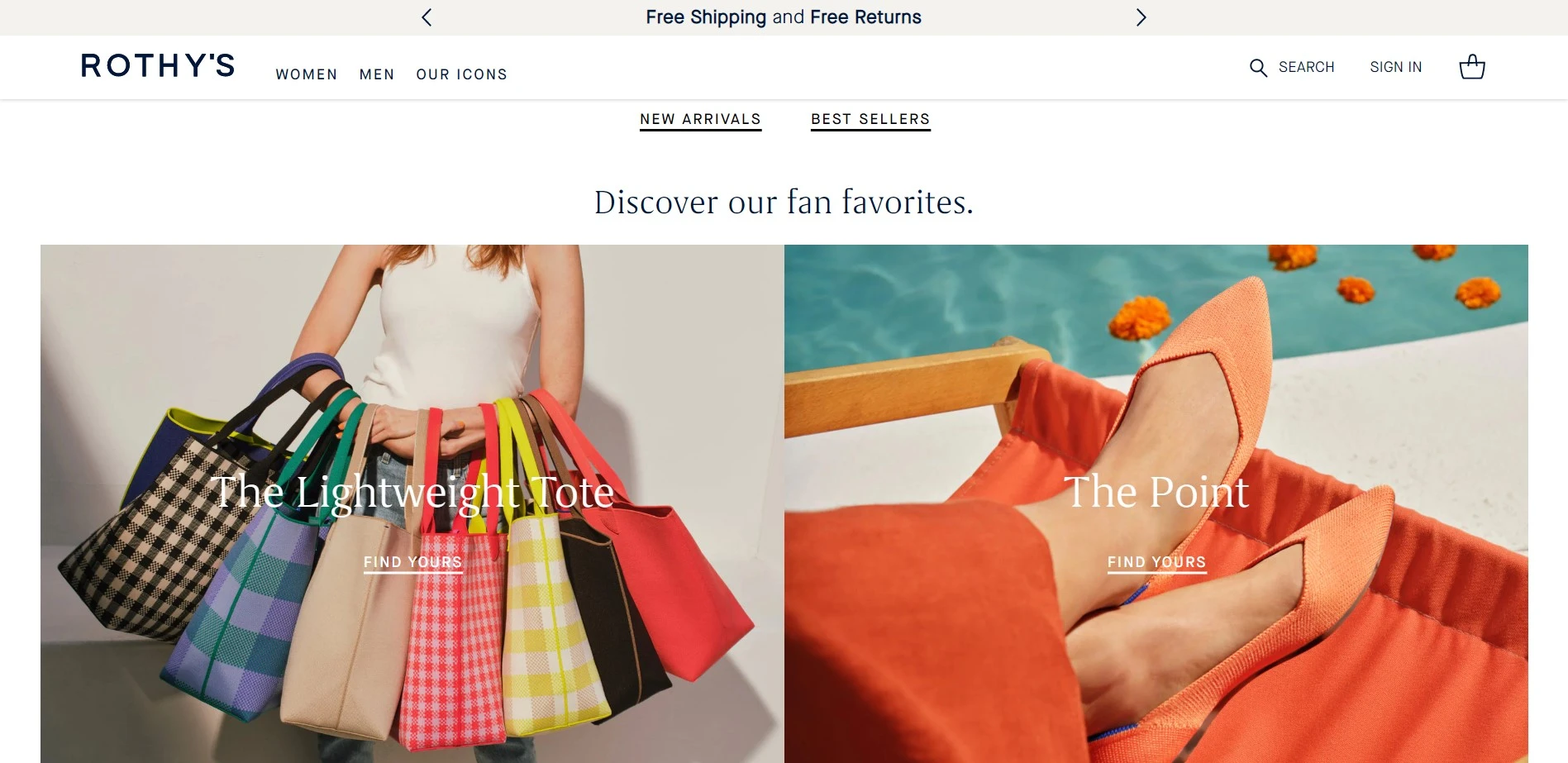
To improve customer support, Rothy’s aimed to centralize all customer interactions onto a single platform.
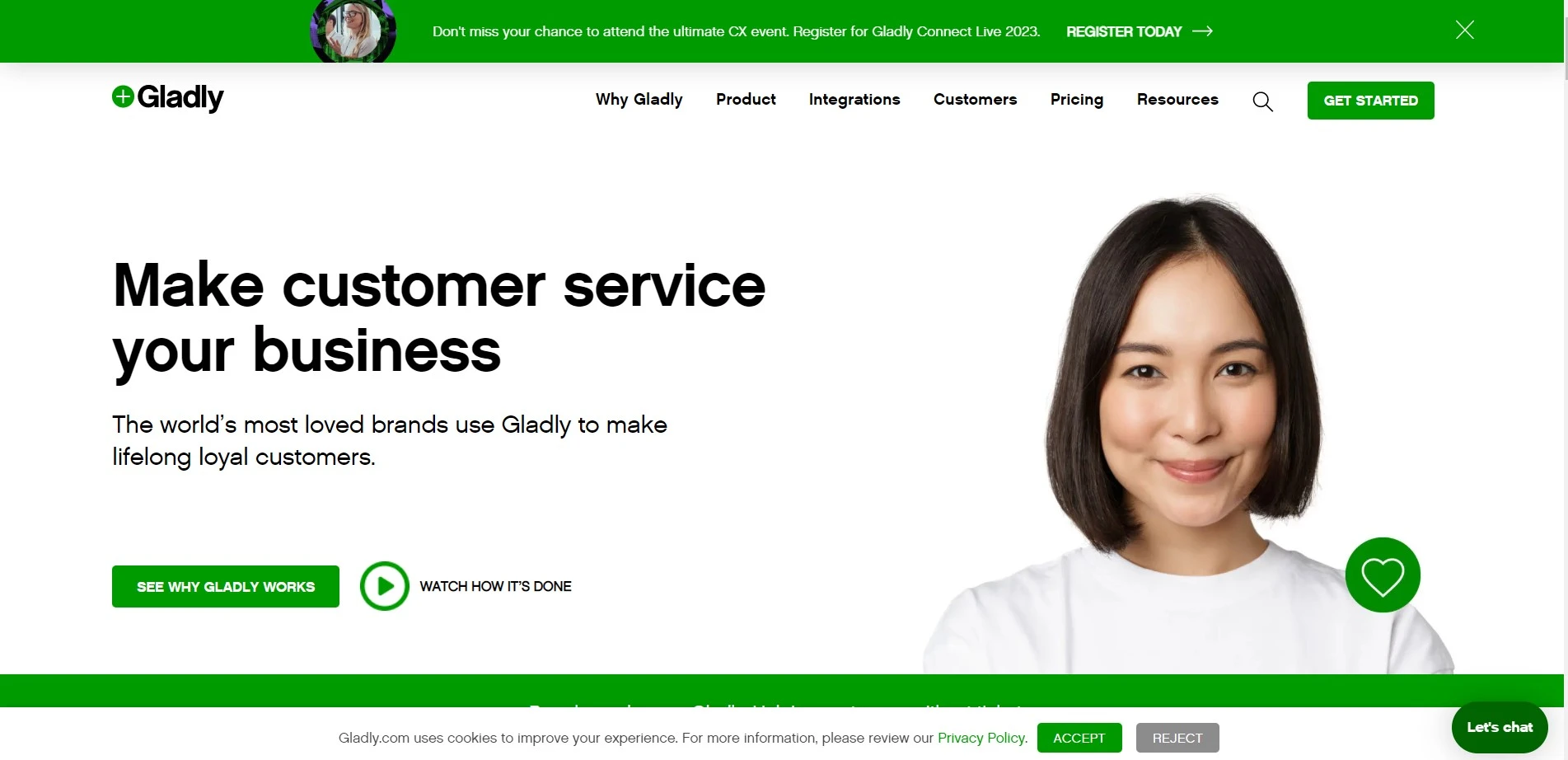
Previously, customer conversations were stored as separate tickets, leading to inefficiencies as agents lacked a complete view of a customer’s history across channels. However, since adopting Gladly for customer support, Rothy’s agents can now view a customer’s complete conversation history on a single timeline. This has led to faster, more efficient customer support on any channel, improving the overall customer experience.
12) Proozy
Proozy is an online retailer based in Minneapolis, offering a range of fashion products from popular brands such as Michael Kors, Nike, and Under Armour on its Shopify store. The company prides itself on delivering a personalized omnichannel customer experience and offers several ways to connect customers with sellers.
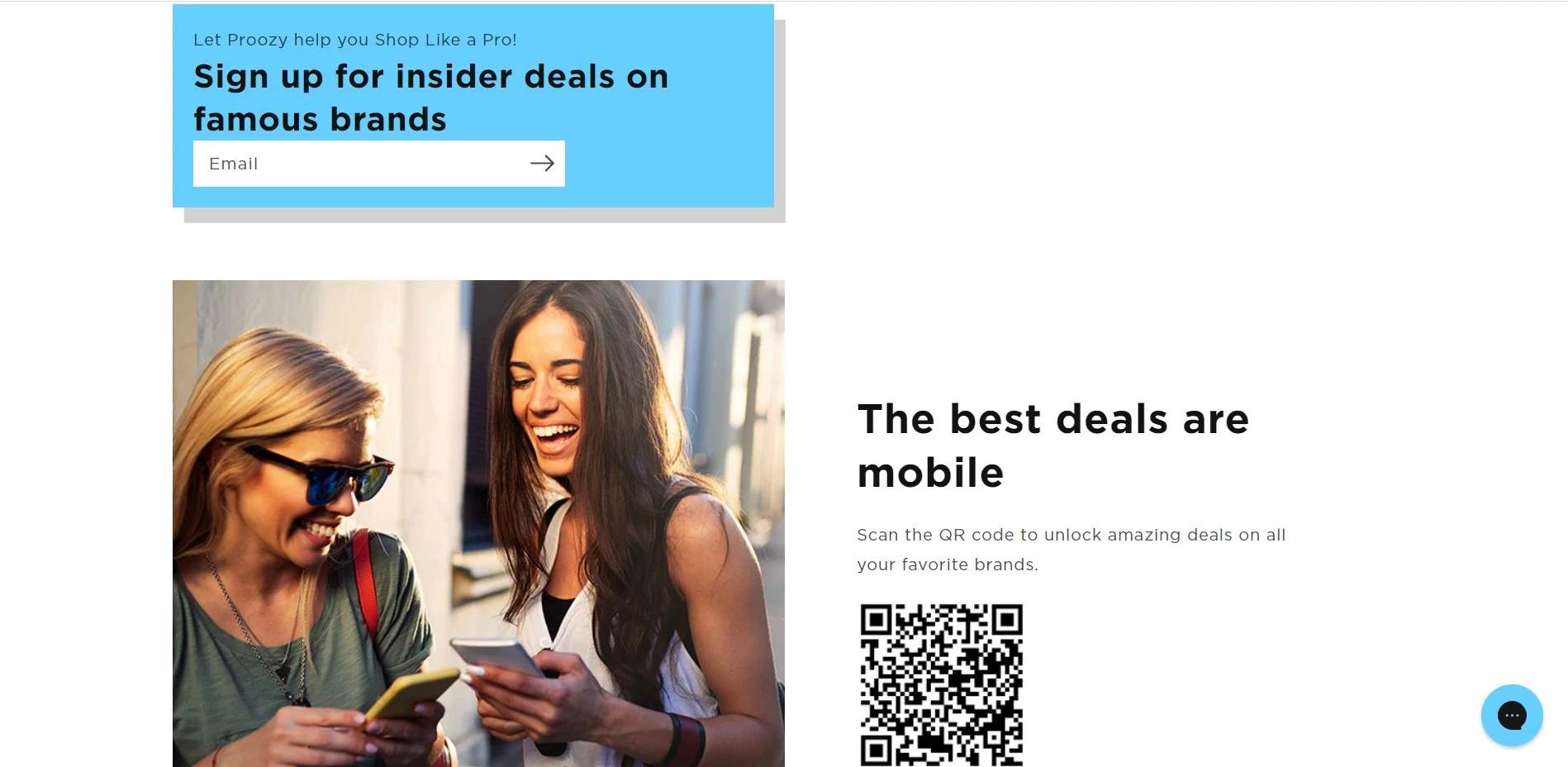
To keep customers informed about new products, Proozy’s marketing system sends SMS messages based on their preferences. Additionally, social media-savvy customers can join the Proozy Family Deals private Facebook group, where they can access exclusive deals. Proozy’s leads can shop in-store, receive updates via SMS and browser push notifications, or visit the deals group on Facebook to find the best offers.
13) Starbucks
Starbucks has established itself as a leader in omnichannel marketing, thanks in large part to its rewards app. The app offers a range of features for customers, such as easy menu access, app push notifications for promotions and updates, and the ability to manage and pay with a customer card.
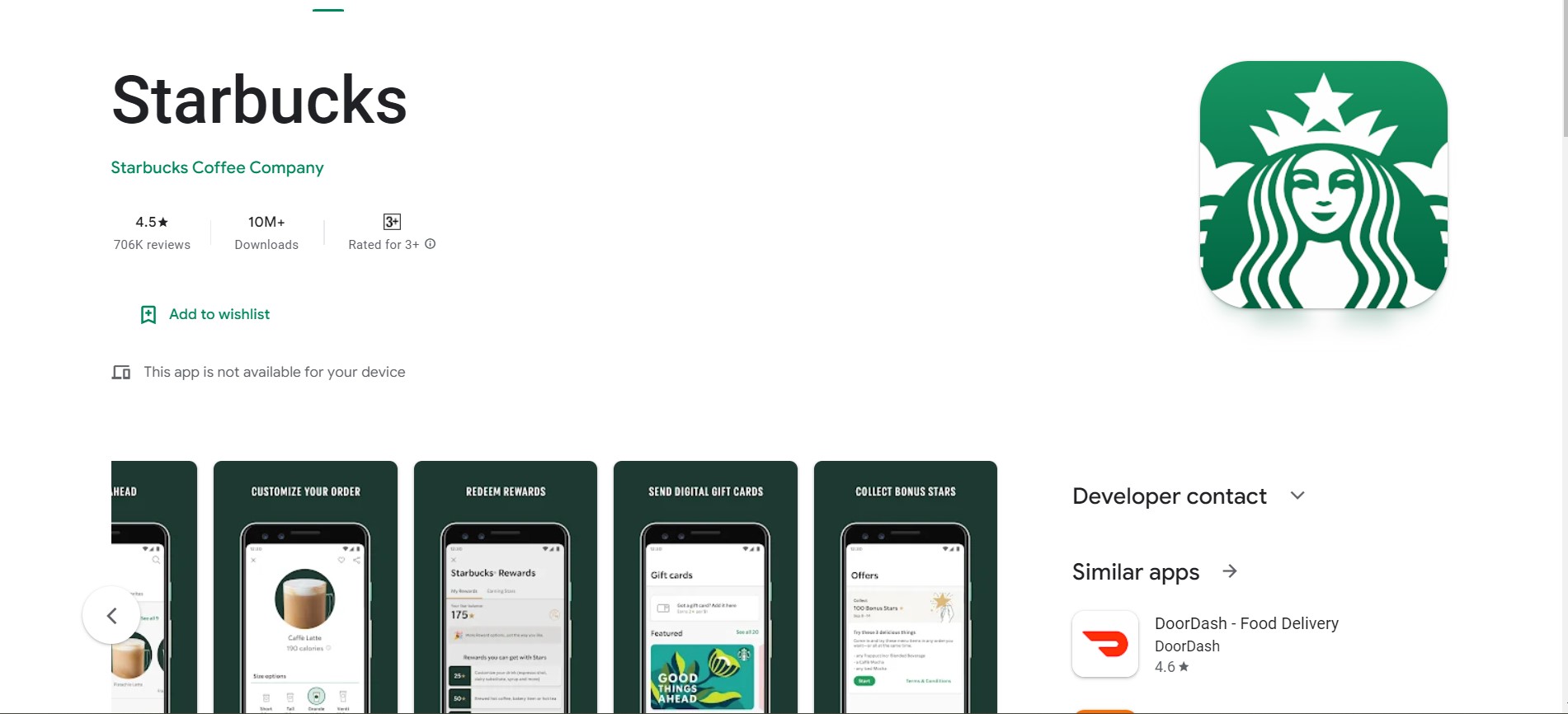
Starbucks has taken another step towards omnichannel marketing with its digital display menus. These menus are accessible to all customers, whether they are shopping online, in-store, or through the drive-thru.
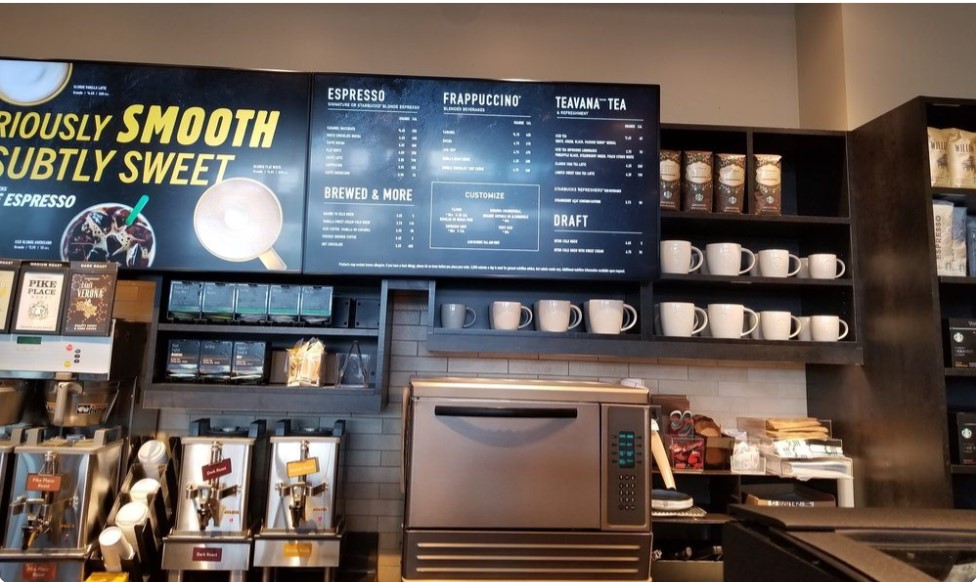
What sets Starbucks apart is its consistent customer experience across various platforms, whether it’s a desktop, smartphone, tablet, or web. The app is regularly updated in real-time to ensure that customers have a seamless experience no matter how they choose to engage with the brand.
14) Glossybox
GlossyBox, a beauty subscription service, takes its omnichannel customer experience to the next level with its temporary retail locations called “Pop Up Shops” in major cities worldwide. These interactive shops allow customers to try out and test a diverse range of high-end beauty products, providing a hands-on experience.
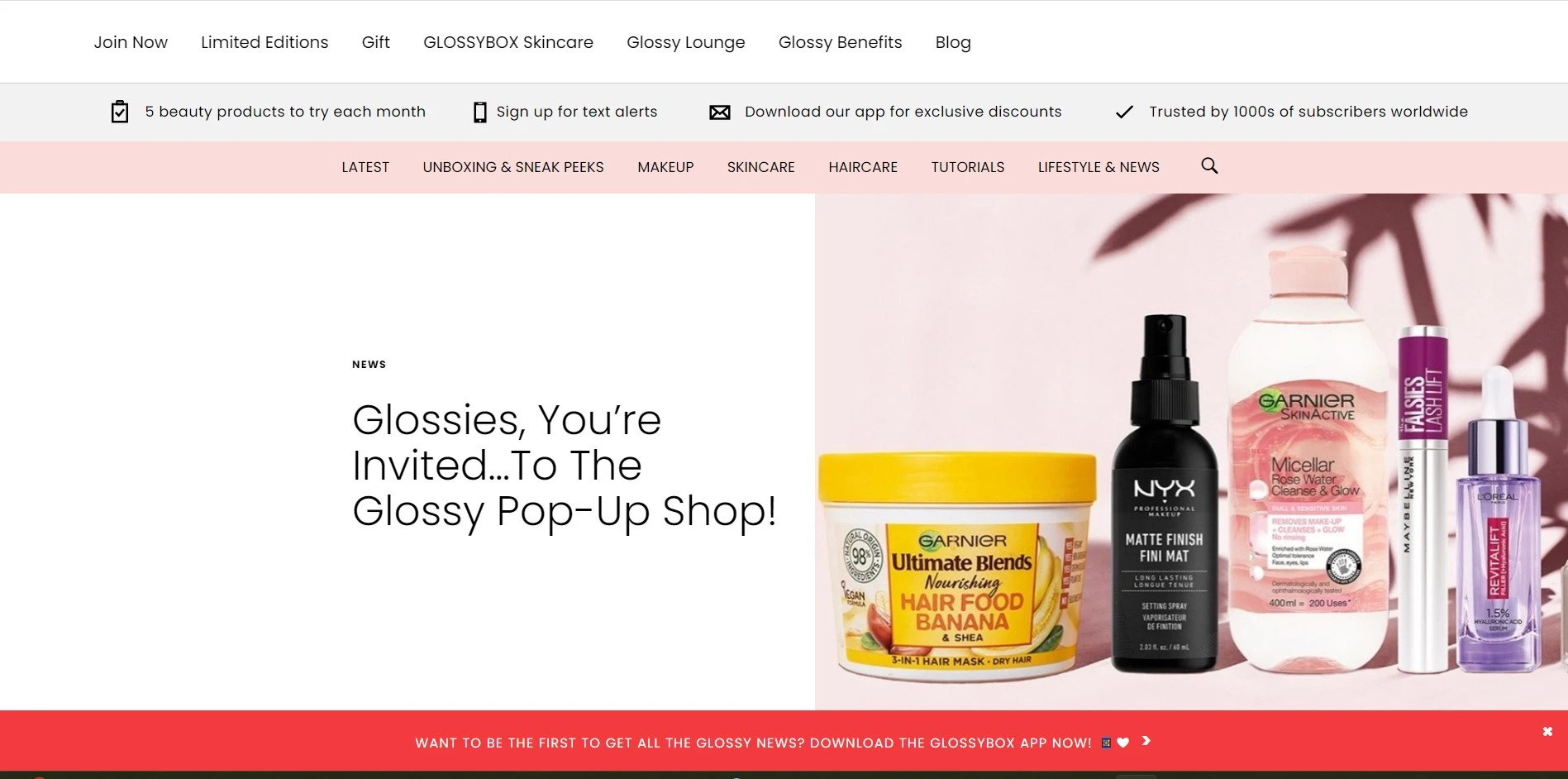
But GlossyBox’s Pop Up Shops go beyond just shopping. The brand also hosts educational events and workshops led by industry experts. A striking feature of GlossyBox’s Pop Up Shops is the option for customers to create their own personalized beauty box. By selecting their preferred beauty products from a variety of offerings, customers can curate a customized beauty box tailored to their unique tastes and preferences.
15) Nike
Nike’s “click and collect” service is a great example of how an omnichannel strategy can bridge the gap between online and offline channels. This service allows customers to browse and purchase products online and then pick them up in-store at their convenience. This not only provides customers with greater flexibility and control over their shopping experience but also allows Nike to provide a more personalized experience by giving customers the option to try on the products in-store before making a final purchase.
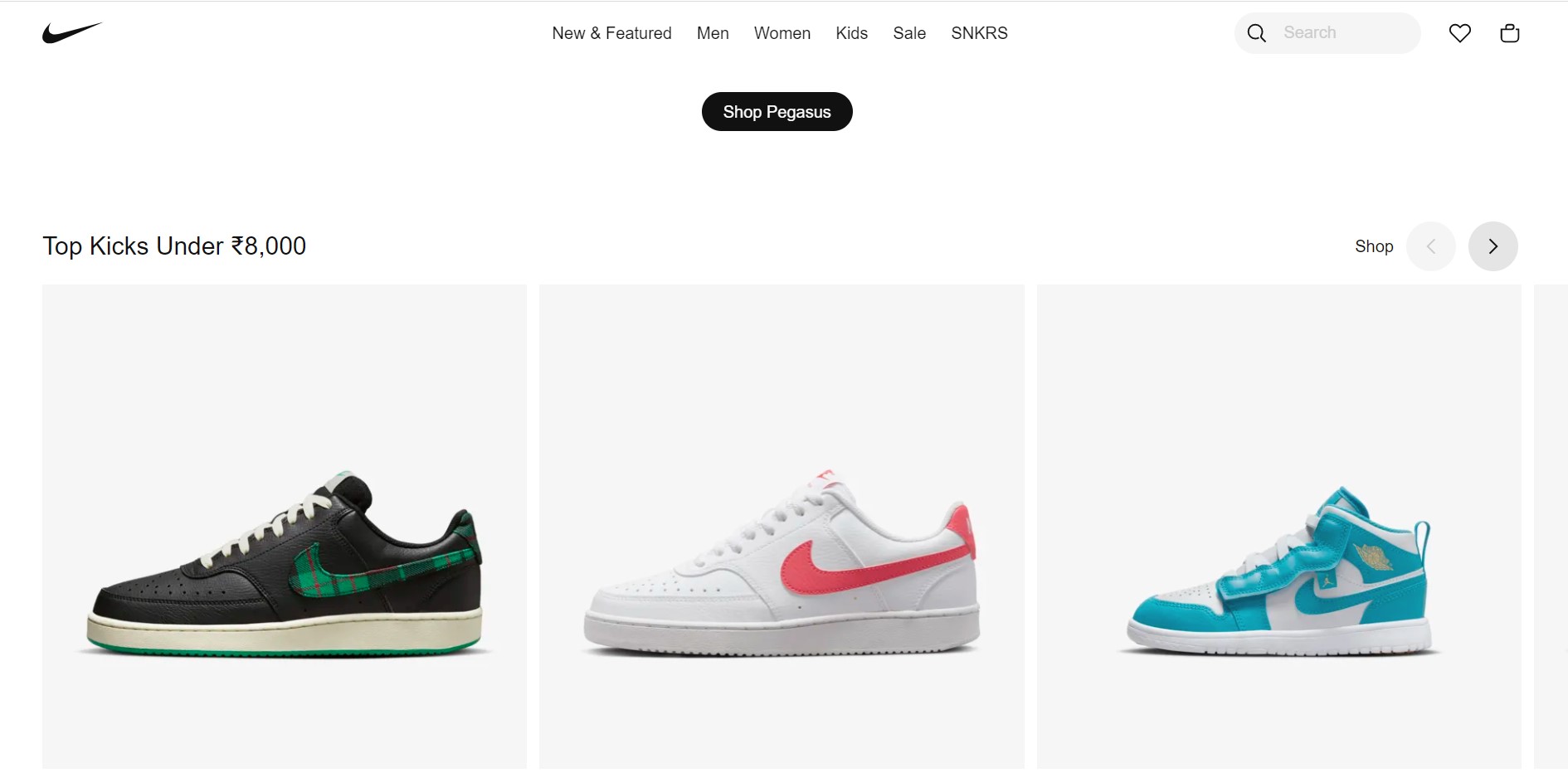
Nike’s mobile app enhances the in-store shopping experience by allowing customers to easily check inventory, scan barcodes to learn more about products, and even make purchases directly through the app. This not only provides customers with a seamless shopping experience but also allows Nike to gather valuable data about their customers’ behaviors and preferences. This data can be used to improve the customer experience, optimize inventory management, and drive sales growth.
Final takeaway on omnichannel marketing
By providing a seamless and personalized experience across all touchpoints, omnichannel marketing creates a lasting impression that drives customer loyalty and improves brand recognition. On this note, a recent study denotes that 77% of shoppers who use their smartphones to research inventory while inside a store view it as an indispensable aspect of their shopping experience. Hence, as the eCommerce landscape continues to evolve, omnichannel marketing is essential for businesses to stay competitive and thrive.
So, if you were wondering, “What does omnichannel marketing mean?” These 15 outstanding examples of omnichannel marketing in ecommerce illustrate the significance of providing a unified and consistent customer experience across all touchpoints.
You may also like
Essential resources for your success





